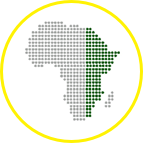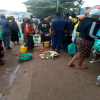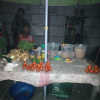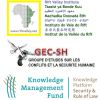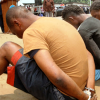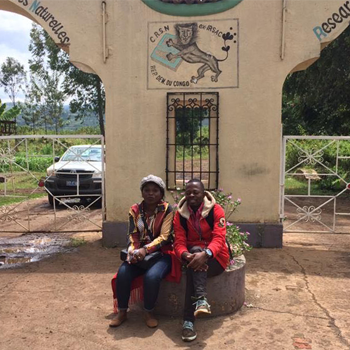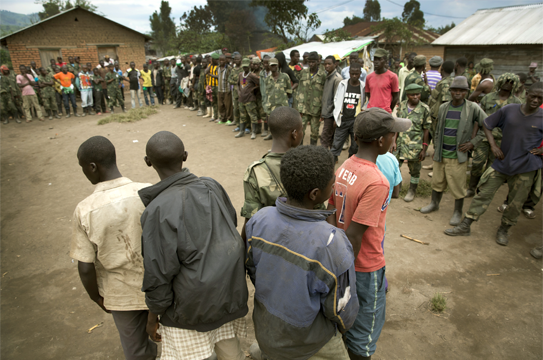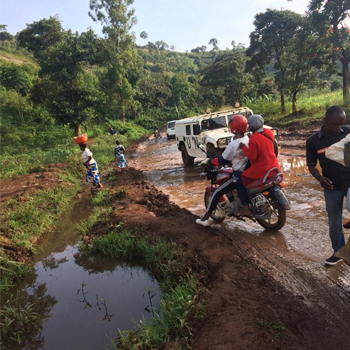Roadblocks—infamous for the informal fees travellers must pay—are often thought to be found exclusively in rural areas. Yet, as Evariste Mahamba shows in this blog, the harbor of Goma also has a history of roadblocks. Having become hotspots of…
News
SEARCH
NEWS TYPES
REGION
Within the city of Bukavu—as elsewhere in the Congo—many women earn a living selling goods and produce at the market or in the streets. In this blog, Alice Mugoli explores the different types of insecurity to which these women…
This blog post was written by Yolande Bouka and Marco Jowell, the Co-Directors of Studies for the Rift Valley Institute’s Great Lakes Field Course, which will be taking place in Ethiopia from 3-7 June 2019. Yolande and Marco will be joined…
In the city of Goma, numerous shop-keepers and street vendors—for instance, those selling phone credit, alcoholic drinks or food—work at night. As Alain Mukombe Misege analyzes in this blog, in certain quarters of the city of Goma—in particular, Kyeshero,…
This blog was written by Yolande Bouka and is part of RVI’s Research Collaboration project in partnership with the Groupe d’Etudes sur les Conflits et la Sécurité Humaine (GEC-SH) and funded by the Knowledge Management Fund of KPSRL. The project examines the political…
Between 2016 and 2018, civil society organizations in the city of Bukavu recorded 17 attacks on money-changers (cambistes), both on the streets and in their homes. Often in possession of large sums of cash, money-changers are a favoured target…
The growing insecurity in the city of Goma created by maibobo or street children, prompted the creation of the so-called anti-gang in 2007 around Virunga market. The anti-gang is a group of youth who ensure security in a particular…
This blog was written by Irène Bahati and is part of RVI’s Research Collaboration project in partnership with the Groupe d’Etudes sur les Conflits et la Sécurité Humaine (GEC-SH) and funded by the Knowledge Management Fund of KPSRL. The project examines the political…
The city of Goma, in North Kivu province, is home to numerous former child soldiers. After leaving armed groups that are active in rural areas, they often go to the city. This is because the communities where they used…
This blog was written by Elisée Cirhuza and is part of RVI’s Research Collaboration project in partnership with the Groupe d’Etudes sur les Conflits et la Sécurité Humaine (GEC-SH) and funded by the Knowledge Management Fund of KPSRL. The project examines the political…
Recent Publications
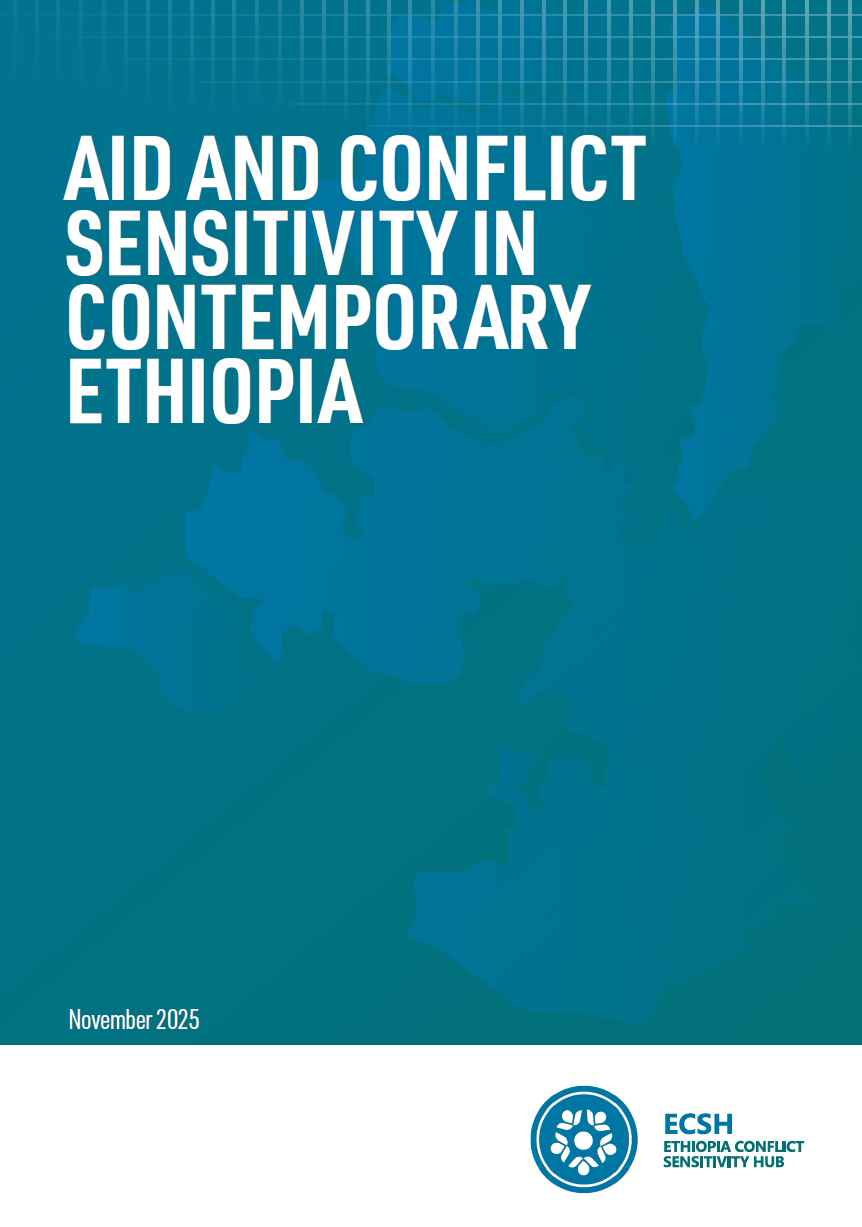
Aid and Conflict Sensitivity in Contemporary Ethiopia
November 17, 2025
This study assesses conflict sensitivity practices among humanitarian, development and peacebuilding (HDP) actors in Ethiopia. It seeks to raise awareness and foster a deeper understanding of the evolving aid landscape in the country while analysing the challenges that affect conflict-sensitive
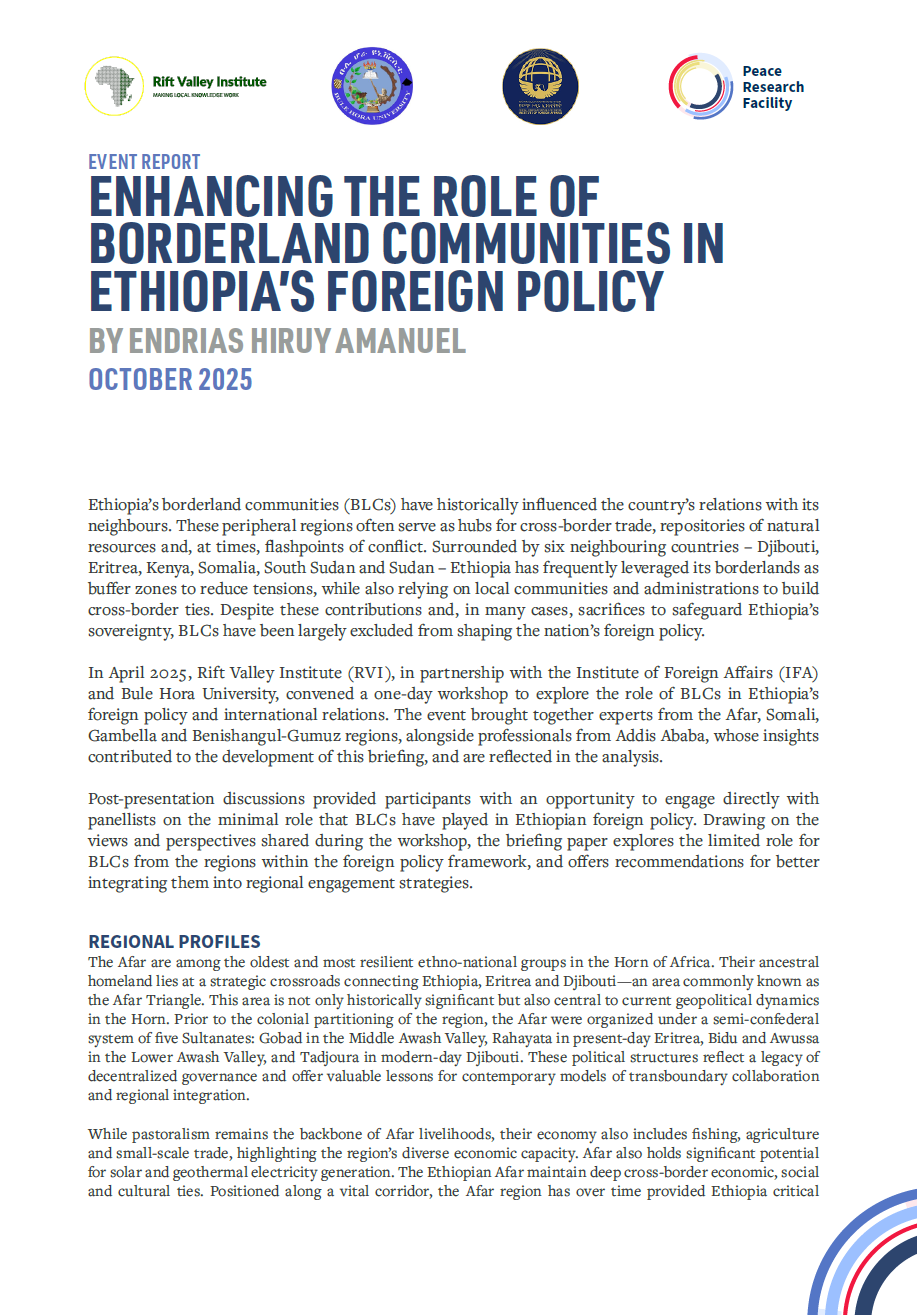
Enhancing the Role of Borderland Communities in Ethiopia’s Foreign Policy
October 15, 2025
Ethiopia’s borderland communities (BLCs) have historically influenced the country’s relations with its neighbours. These peripheral regions often serve as hubs for cross-border trade, repositories of natural resources and, at times, flashpoints of conflict. Surrounded by six neighbouring countries – Djibouti,
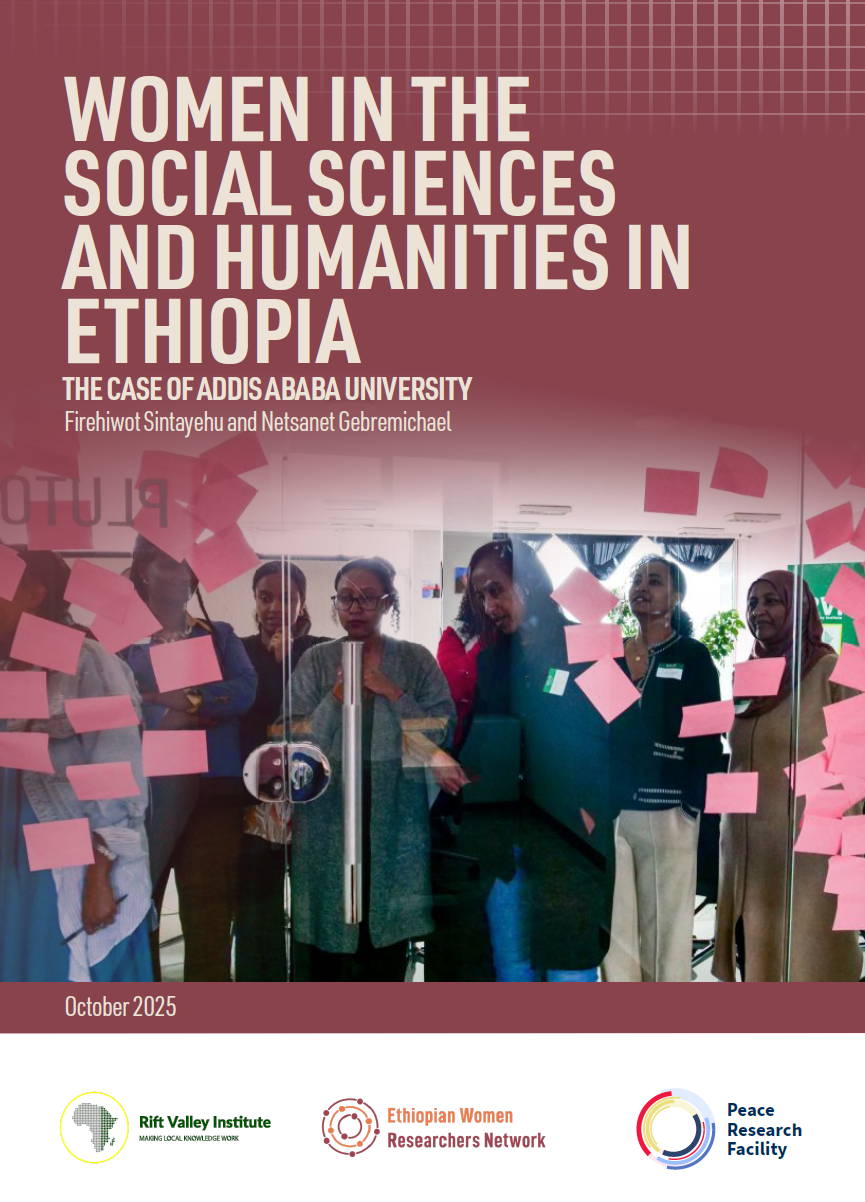
Women in the Social Sciences and Humanities in Ethiopia: The case of Addis Ababa University
October 10, 2025
This preliminary assessment is part of the launch exercise of the Ethiopian Women Researchers’ Network (EWNET). Focusing on Addis Ababa University as a pioneering higher institution in the country, the study looks into the status of women within these disciplines
